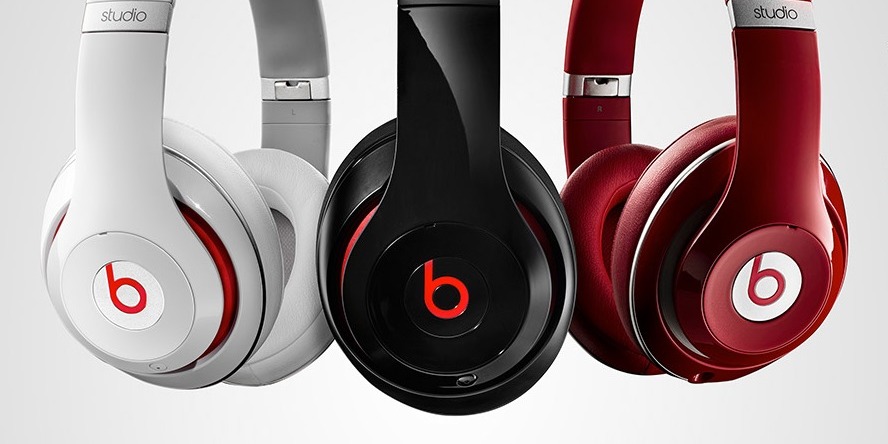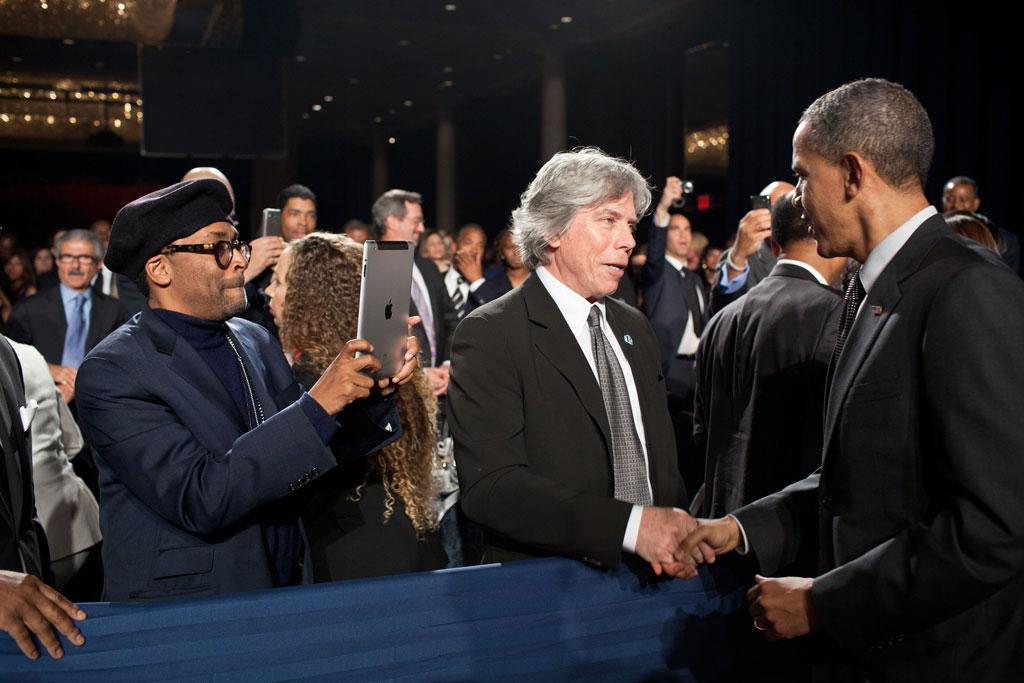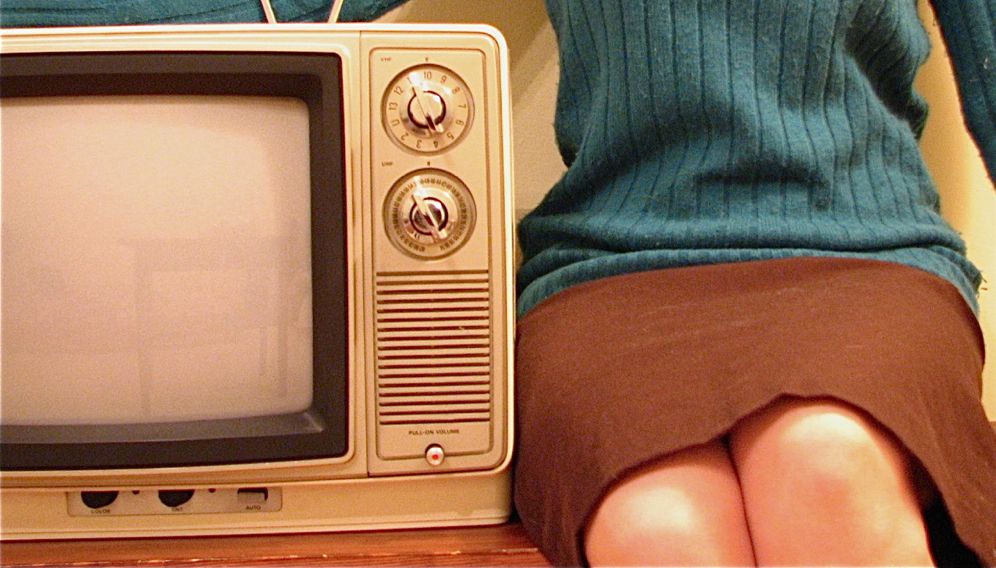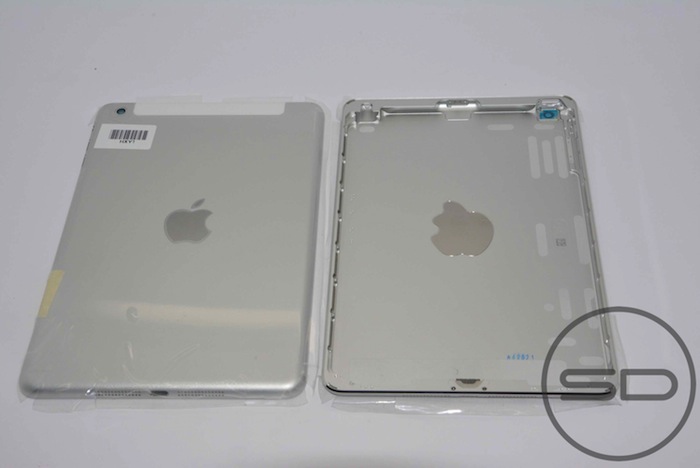
If you’re the type of person who rages against the stereotype that Apple fans are pretentious assholes, you’ve had a really tough week. All the hard work you have done to shift the discussion to great design, intuitive UI, and great build quality has been crushed by a wave of audiophile outrage over the rumoured purchase of Beats Electronics by the Mothership.
The indignation over the purchase is generally focused on the alleged substandard build and sound quality of Beats headphones relative to audiophile-approved alternatives such as Bang & Olufsen, Shure, or Bose. While it’s undoubtedly true that there are better sounding headphones on the market, the tone of the outrage has an overwhelming ring of elitism to it. “Who let the unwashed masses into our private whitewashed club?” While some have suggested that there is a tinge of racism in the commentary, I think the classism of the outrage is more widely based. While the Beats brand is tremendously popular among African-Americans, and has great mindshare among athletes and celebrities, I think the bigger issue with the backlash is a fundamental misunderstanding about the role Apple plays in technology.
While Apple has occasionally broken new ground, and is innovative in its own right, the attribute that has consistently contributed to its greatness is accessibility. To some, accessibility means ramps for wheelchairs and braille numbers on elevators, but in reality, accessibility applies to everyone.
Accessibility is making the complex simple and approachable. It breaks down the barriers between perception and reality and opens up products, markets and ideas to segments of the population that were previously excluded. In the case of physical disability, this exclusion is physical, “I can’t use this elevator because I can’t see the numbers”. However, accessibility is an important concept to virtually everyone. Technology that is too complicated and inaccessible to the majority of people who don’t read Reddit. Products that are too expensive are out of reach for the billions who don’t spend $100 a month at Starbucks. And yes, things that are ugly, cumbersome and uncomfortable are off-limits to a lot of people for whom style and appearance matter. One of Apple’s strengths is taking technology that may have been previously available, but also highly inaccessible to most people and making it mainstream.
As many like to remind us, Apple didn’t invent the MP3 player, tablet or smartphone, what they did was make it simple, refined and elegant enough for the average person to understand, attain and aspire to. The original Macintosh made computers accessible to millions back when most people still saw them as the exclusive domain of large corporations. The iPod made listening and buying music a simple process, enhanced by a design that didn’t make it look like you were holding an oversized pager. The white earbuds were iconic, to the point where they were the all you needed to see to know the brand.
So what does this have to do with Beats? Like Apple, Beats took a product category that they didn’t invent and made it accessible to a wider audience. One of the reasons why the original iPod came with earbuds, and not typical over-the-ear headphones (which were far more common) was style. Getting people to wear something over their ears while on a train or walking down the street meant that they had to be stylish, elegant and minimalist. Large can-style headphones were seen as nerd accessories, usually sported by people with minimal sense of style or a heightened sense of individuality. Now that may sound elitist in its own right, judging people on their style choices and downplaying the value of individuality, but that is life if you want to be a mainstream brand.
What Beats accomplished, and it was no small feat, was making the idea of wearing oversized headphones in public places not only acceptable, but fashionable. If you’re going to criticize the sound quality of Beats headphones, while simultaneously defending the technological integrity of Apple products, I would ask you to consider the fact that the iconic earbuds, shipped with every iPod and iPhone for the past 13 years, have been consistently criticized for their less-than-audiophile quality. While the latest version of the earbuds are significantly improved, no honest Apple fan can suggest that the company’s commitment to audio quality has been strong (iPod Hi-Fi, anyone?). So why are Apple’s fashion and trend-conscious earbuds OK, but Beats are an affront to the brand? The fact is that Beats did exactly to the headphones market what Apple accomplished in the MP3 player market, it developed a strong, fashionable brand that made a previously forgotten product category trendy and mainstream.
So what does this mean for the long-term prospects at Apple? While geeks may be perfectly comfortable with the idea of wearing something like Google Glass, any company that is interested in the mainstream market needs to consider the value consumers place on not looking like a tool. It seems inevitable that wearables are the future of technology, which puts tremendous value on the ability to get consumers to wear things that look stylish, feel comfortable and don’t freak people out around you. While Apple has a tremendous track record in this area without Beats, its preeminence in the audio market is waning. Even in its streaming music product, Beats has shown an ability to understand its audience through a unique onboarding process. The core values of both Beats and Apple are fundamentally the same: build products that are accessible to the largest audience possible while maintaining high design standards that enhance the experience for consumers.
A product is fundamentally unusable if no one will be seen with it in public, and even the most audiophile-approved mid-range acoustics won’t make a product ubiquitous enough to become a trend. Apple clearly sees Beats as addressing an area of the market that they currently can’t access, much like audiophiles derided the iPod in its heyday, the fact that you can’t turn around in a subway car without seeing a pair of Beats means that they must be getting something right.






